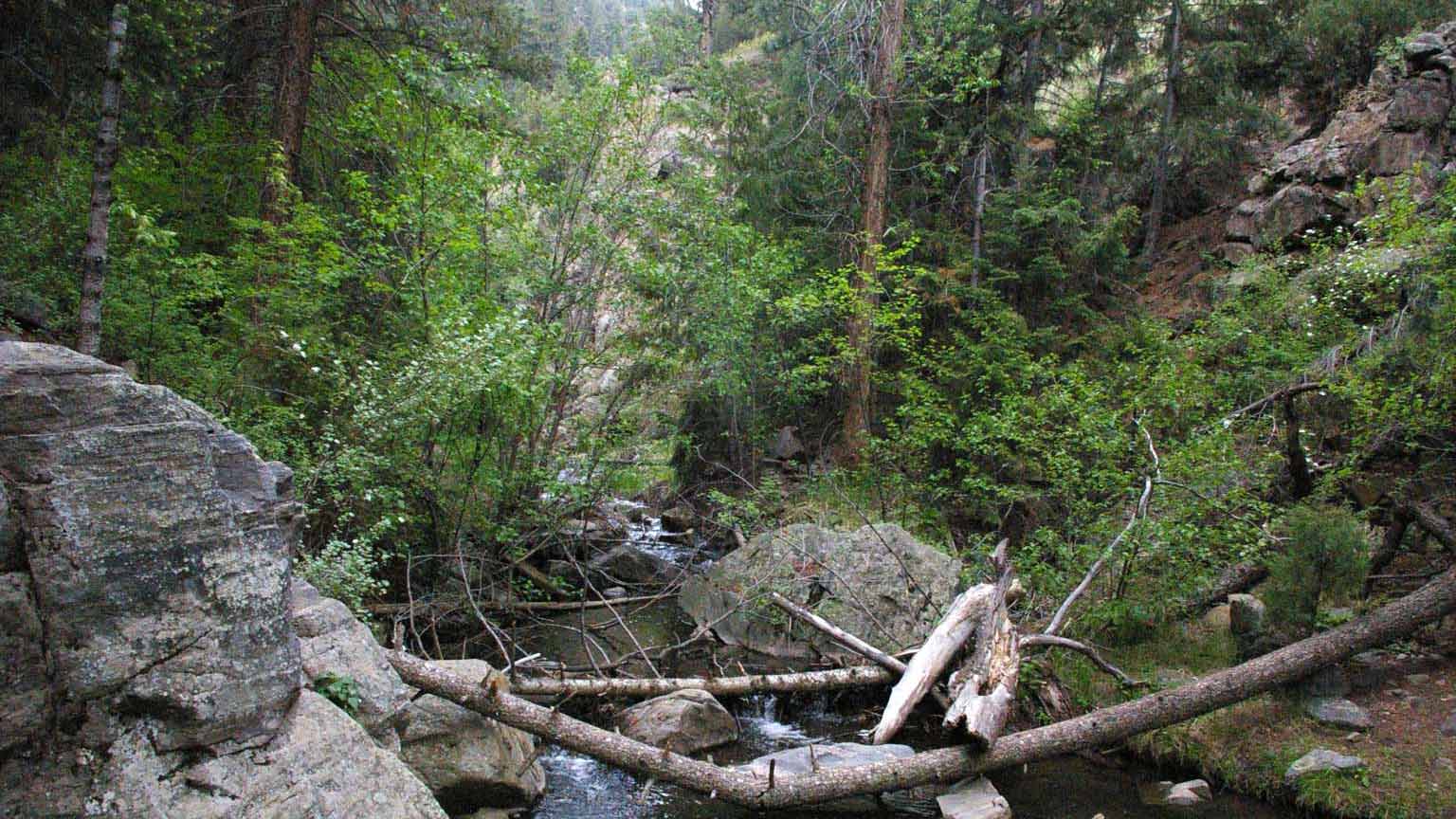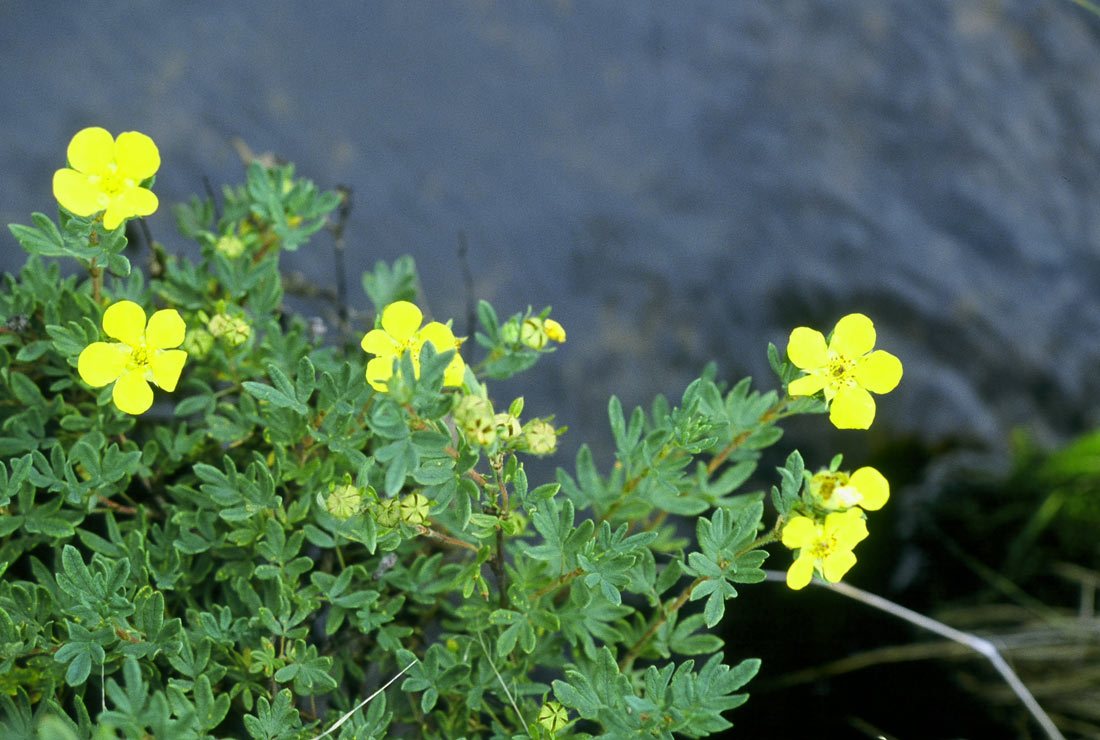Lower Montane-Foothill Riparian Woodland & Shrubland
Genesee Park, Jefferson County
Foothills riparian woodlands
Foothills riparian woodland zones are diverse in terms of water sources. In some locations, these woodland communities grow near ponds or lakes while in others they predominate along streams and rivers. Some of these streams run dry for parts of the year and are subject to seasonal or occasional flooding. Clay loams and sandy loams are common surface soils.
These zones tend to include large communities of cottonwood trees (Populus spp.) and also willows (Salix spp). In some cases, these woodlands also include significant populations of Rocky Mountain Junipers (Juniperus scopulorum), which sometimes act as co-dominant species with Populus spp. Other native trees and shrubs in these zones include, but are not limited to, wild plum (Prunus americana), red osier dogwood (Cornus sericea), skunkbush sumac (Rhus trilobata), chokecherry (Prunus virginiana), Rocky Mountain Maple (Acer glabrum), silver buffaloberry (Shepherdia argentea), smooth rose (Rosa blanda), thinleaf alder (Alnus incana), water birch (Betula occidentalis), and western serviceberry (Amelanchier alnifolia).
Salix spp. communities tend to dominate areas that are subject to regular flooding whereas the regions with higher numbers of Populus spp. and Juniperus scopulorum tend to be comparatively arid.
Some Commonly Associated Plants
Click on photo to see full-page lightbox image.
In lightbox, click on X in upper right corner to return here.
Shrubby Cinquefoil (Diasphora fruticosa)
Shrubby Cinquefoil (Diasphora fruticosa), Rose Family (Rosaceae). Native and the only shrub in the Potentilla genus, common in meadows, along streams, and in forests from foothills to alpine on the eastern and western slopes. Blooms from June through September. Photo by Loraine Yeatts.
In addition to trees and shrubs, sedges (Carex spp.) are commonly found in these zones. Other herbaceous perennials and grasses found in these zones include, but are not limited to, common cow parsnip (Heracleum maximum), bluejoint grass (Calamagrostis canadensis), tufted hairgrass (Deschampsia cespitosa), shrubby cinquefoil (Potentilla fruticosa), and cut-leaf coneflower (Rudbeckia laciniata). Grasses and herbaceous perennials in this zone often, but do not always, have intermediate to high shade tolerance.
– John Sciarcon
Sources and More Reading:
Natureserve.org: Juniperus scopulorum – Cornus sericea Riparian Woodland
NatureServe: Rocky Mountain-Great Basin Lowland-Foothill Riparian Shrubland
https://Colorado Parks and Wildlife: Riparian and Wetlands
Mountain Scholar.org: A Field Guide to the Wetland And Riparian Plant Associations of Colorado.
Jennifer Ackerfield. Flora of Colorado. Brit Press, Fort Worth, TX: 2015.

